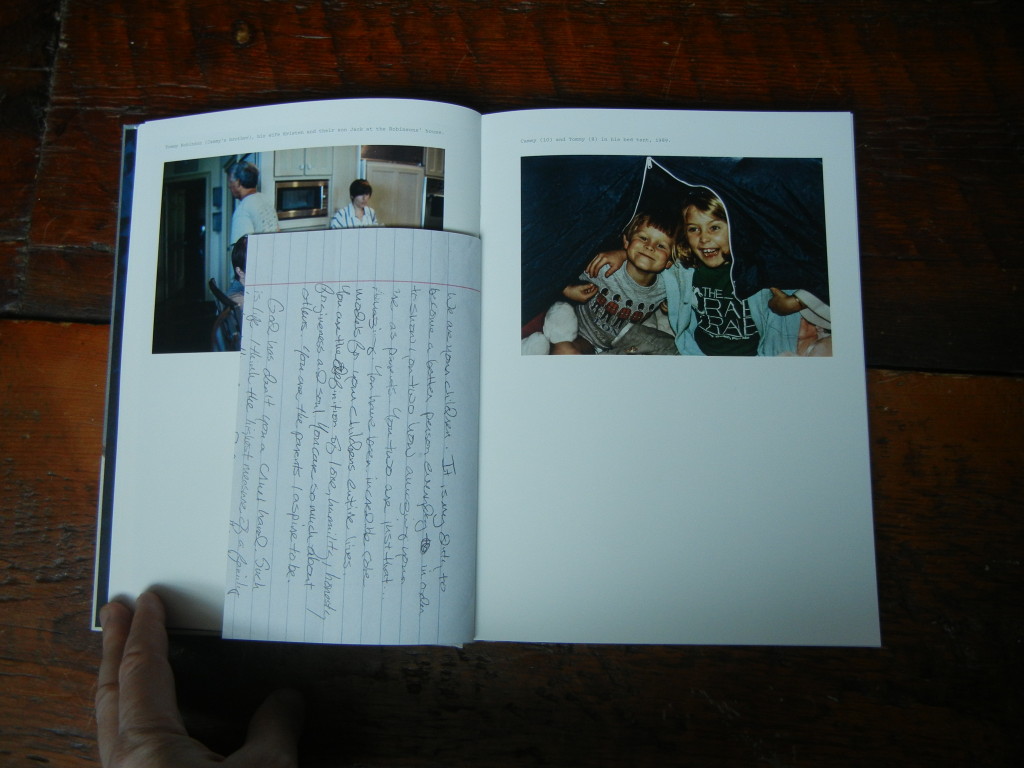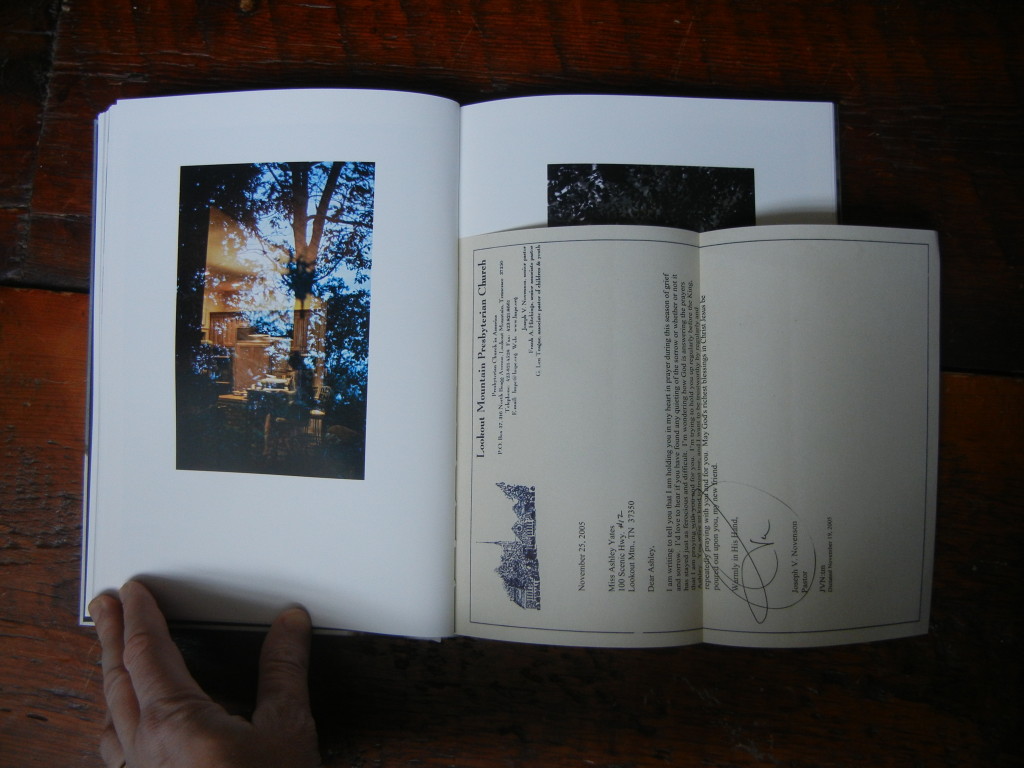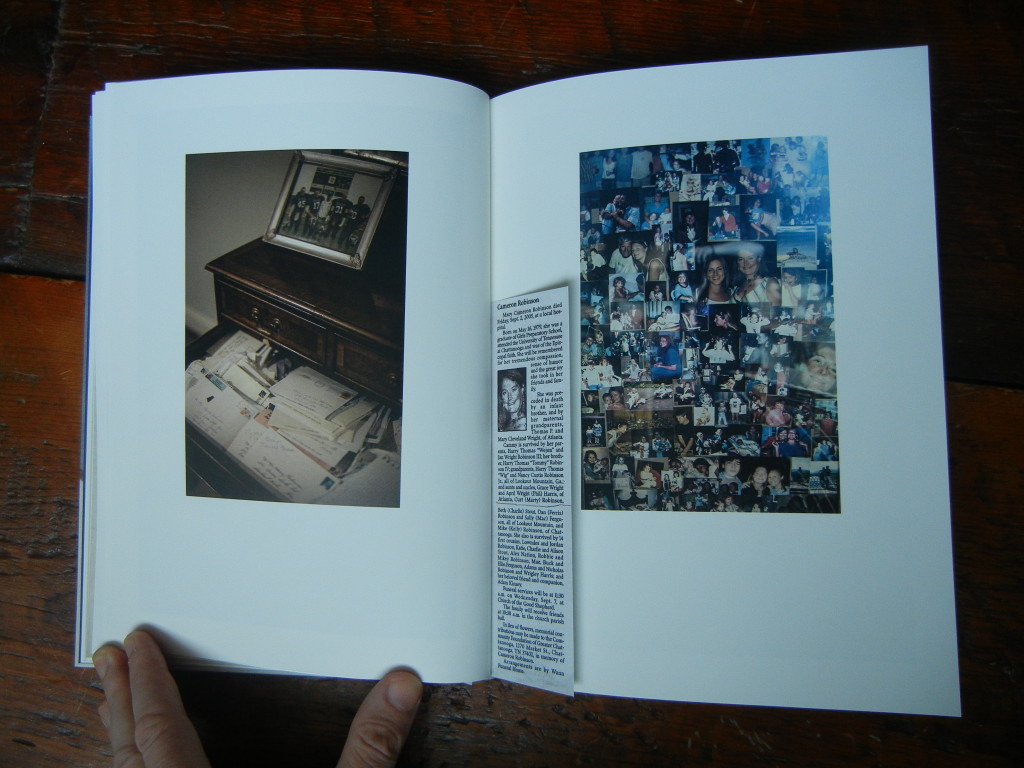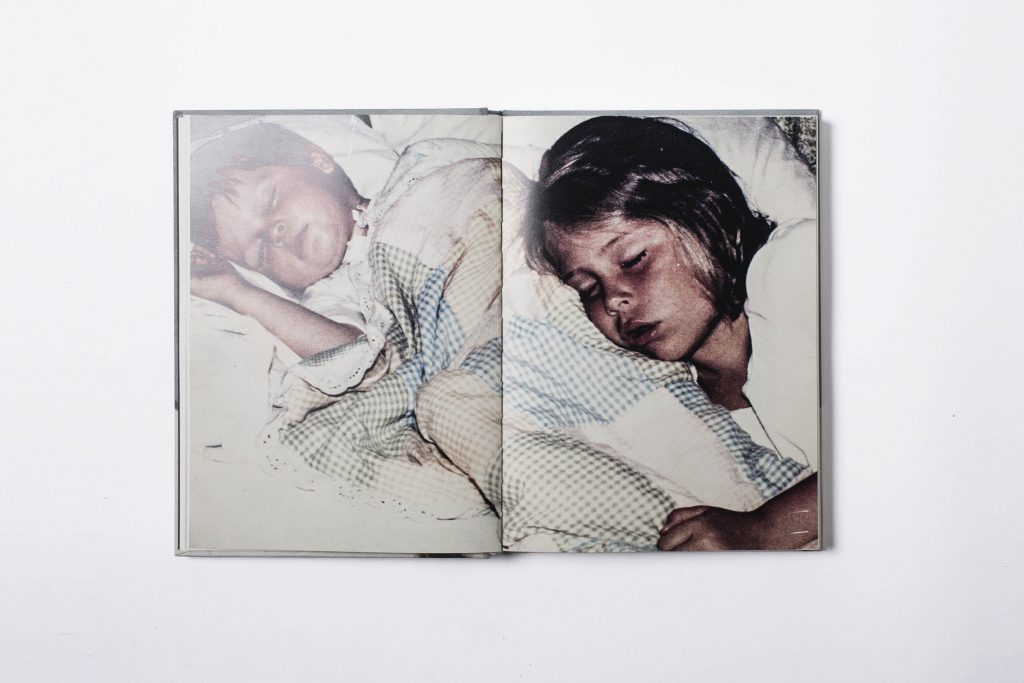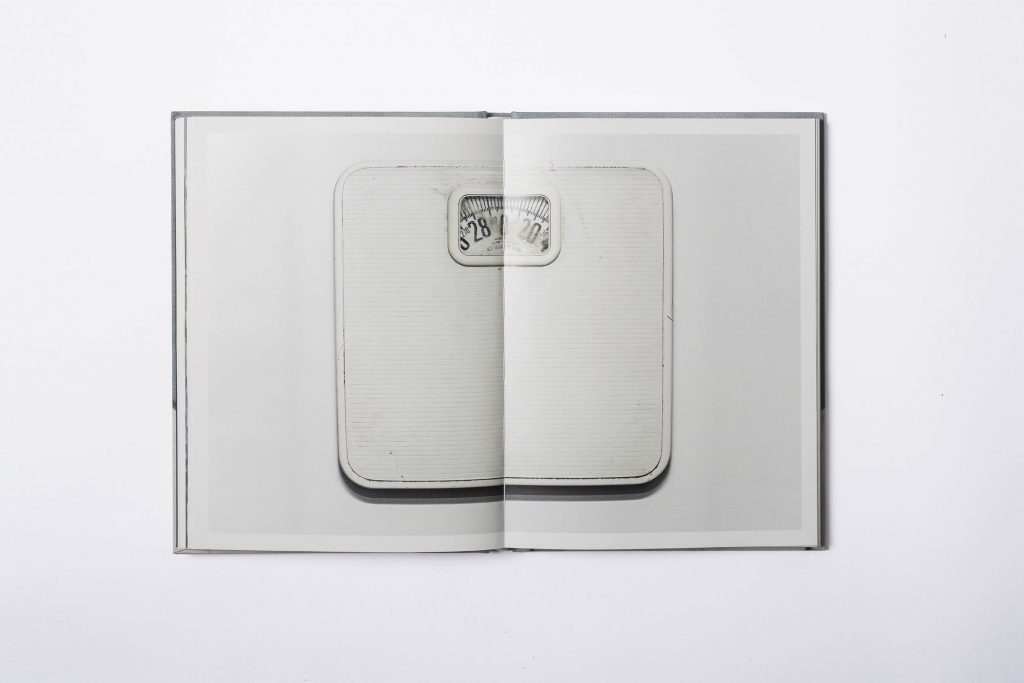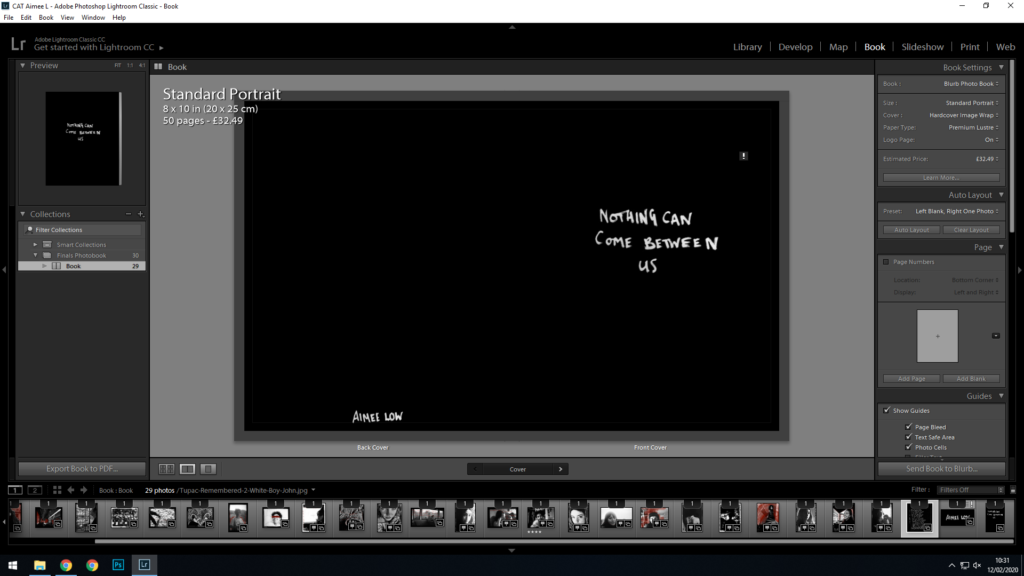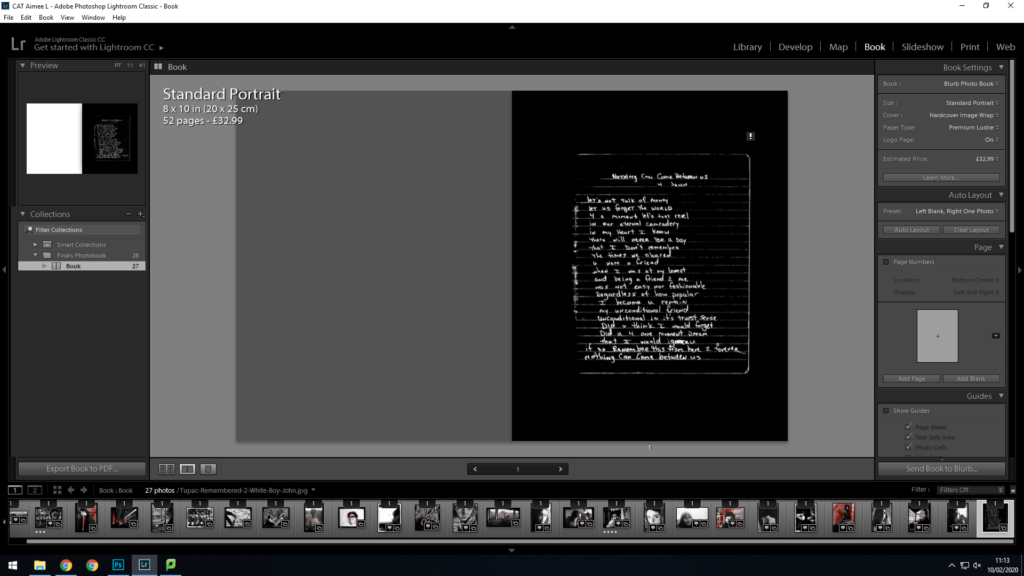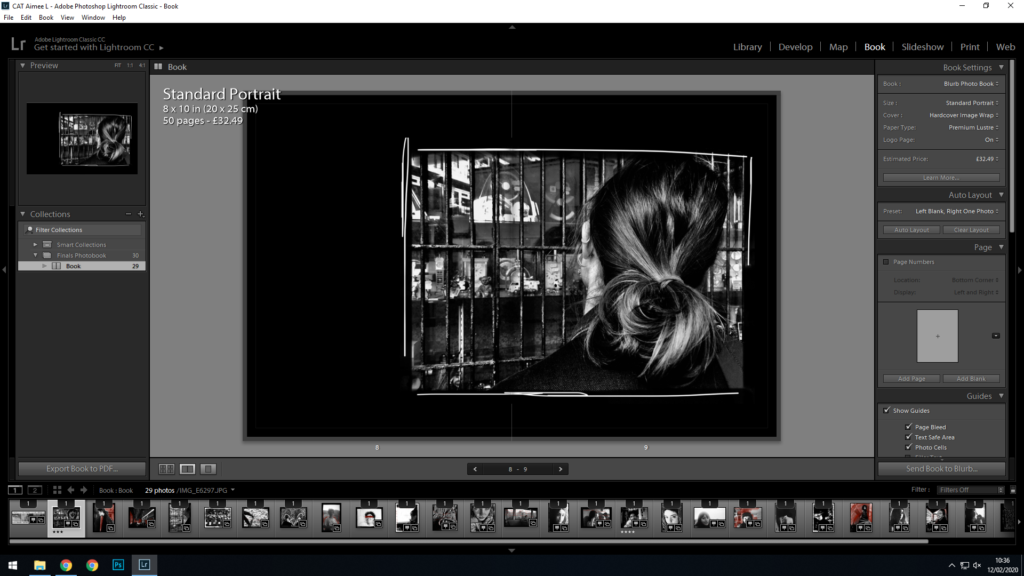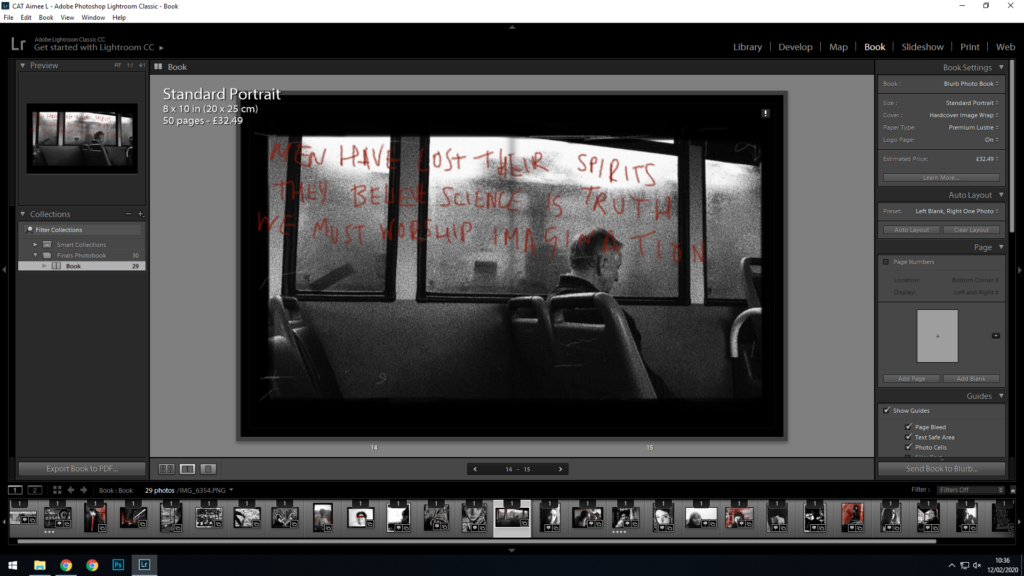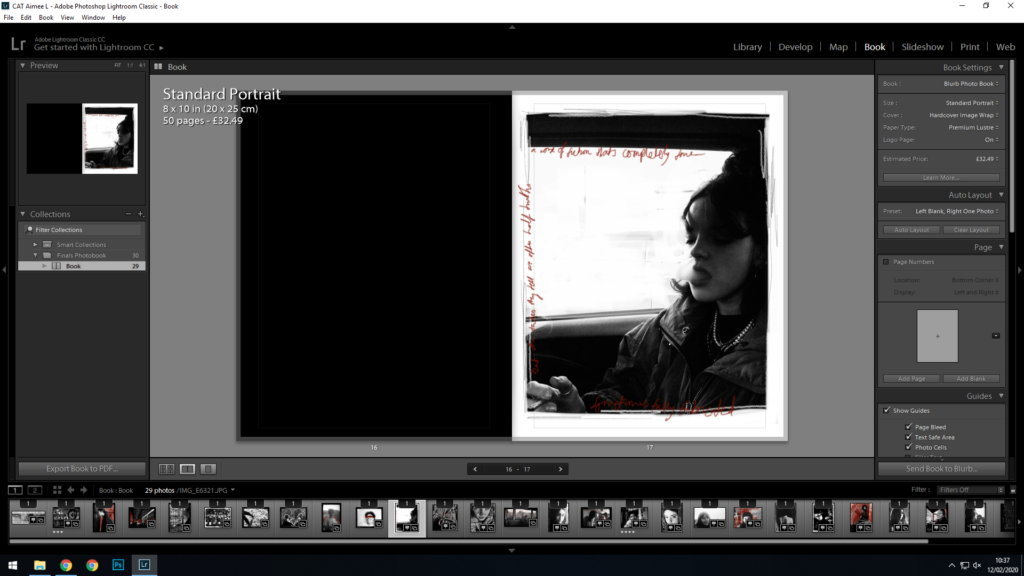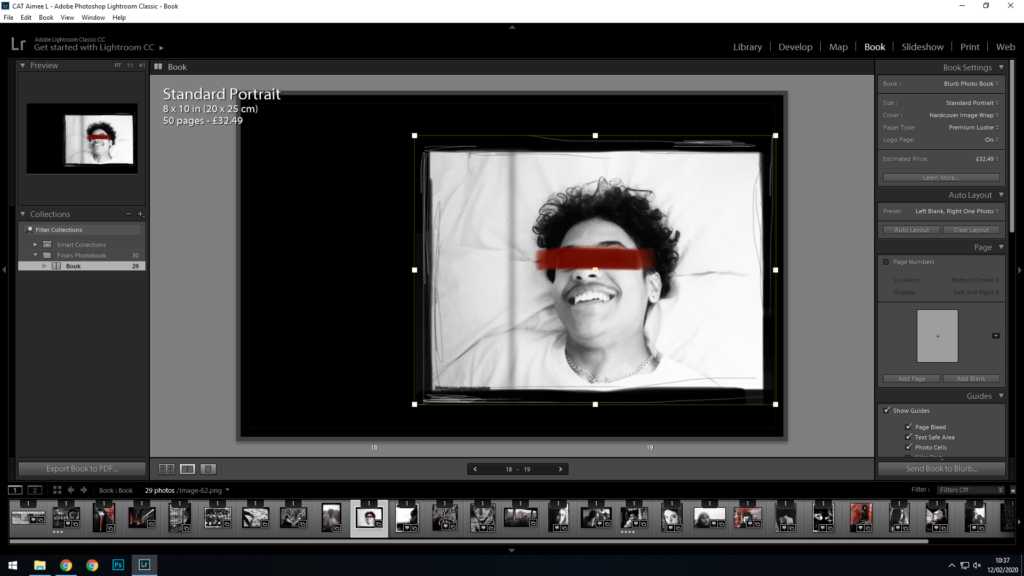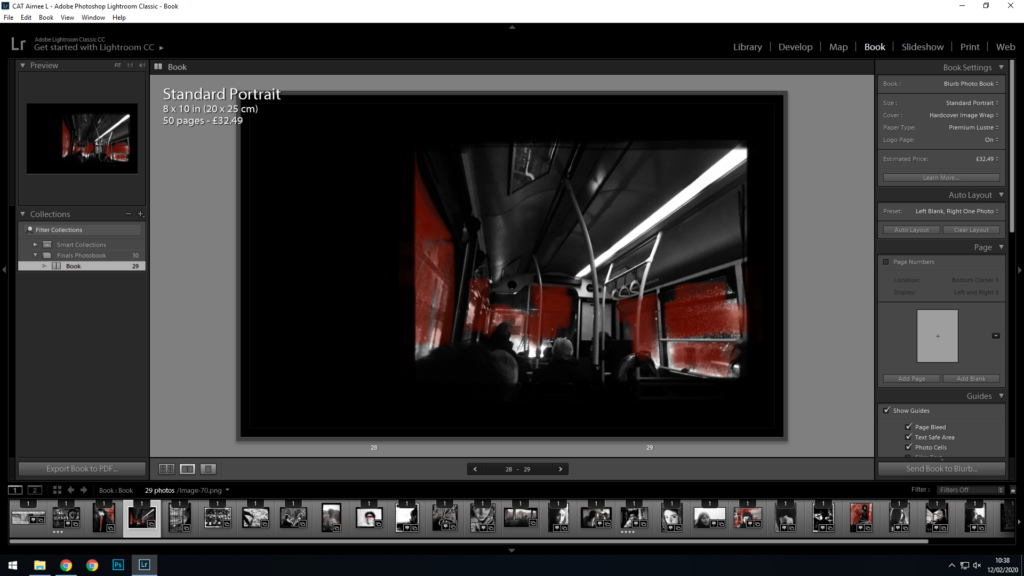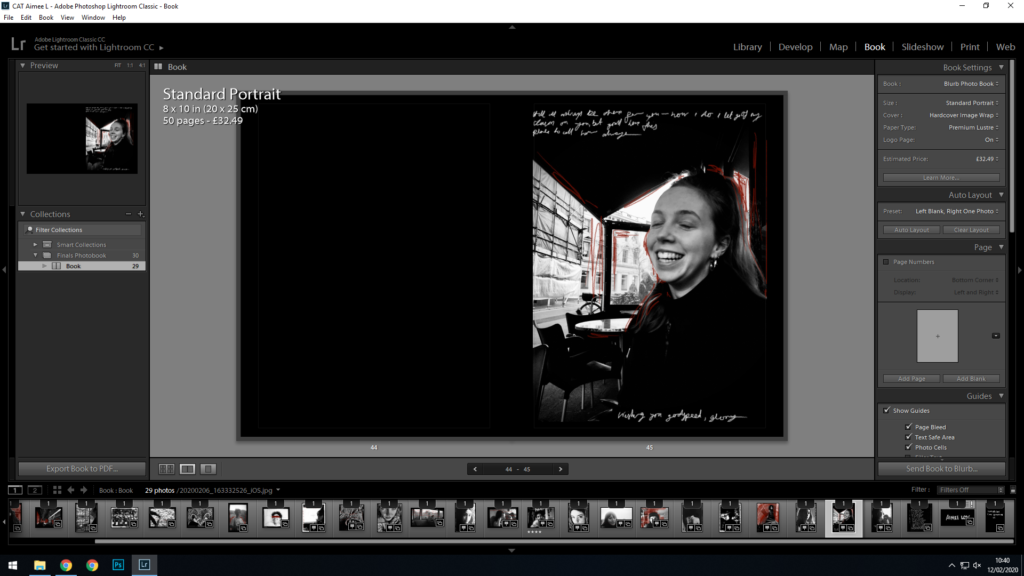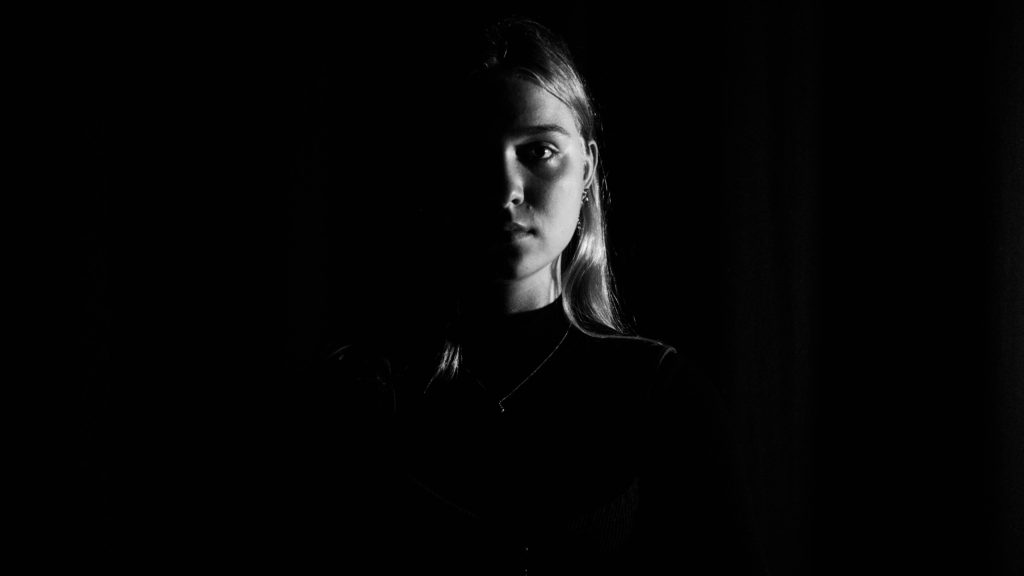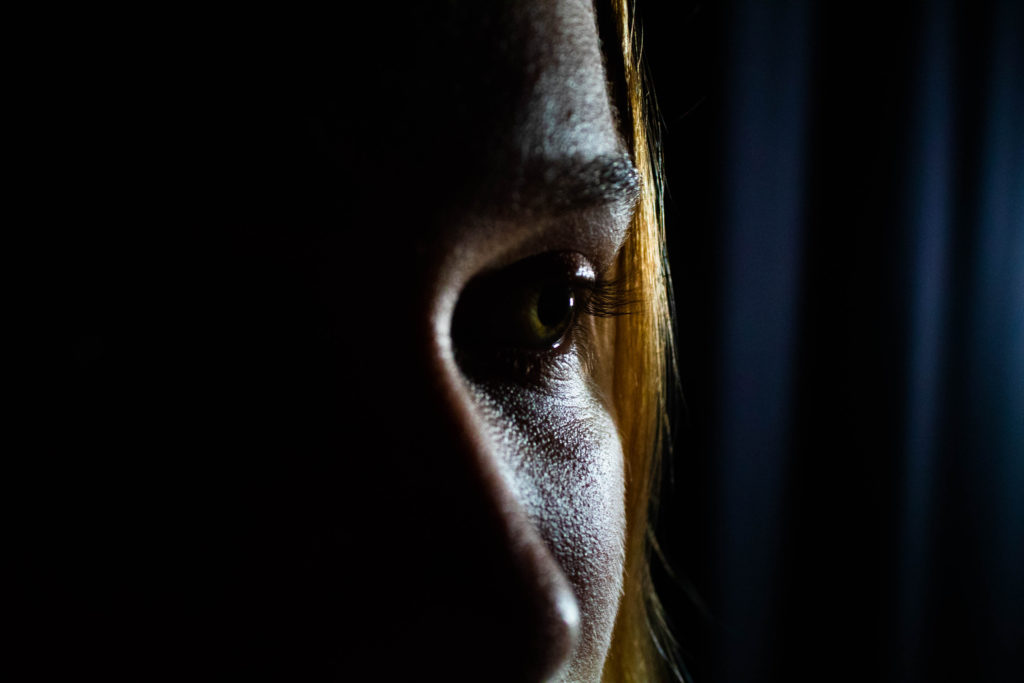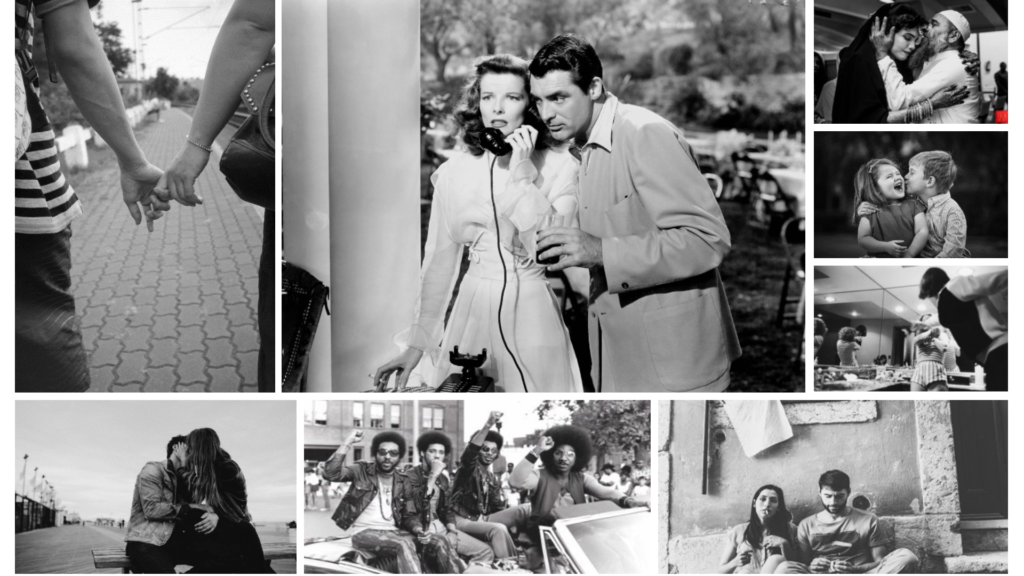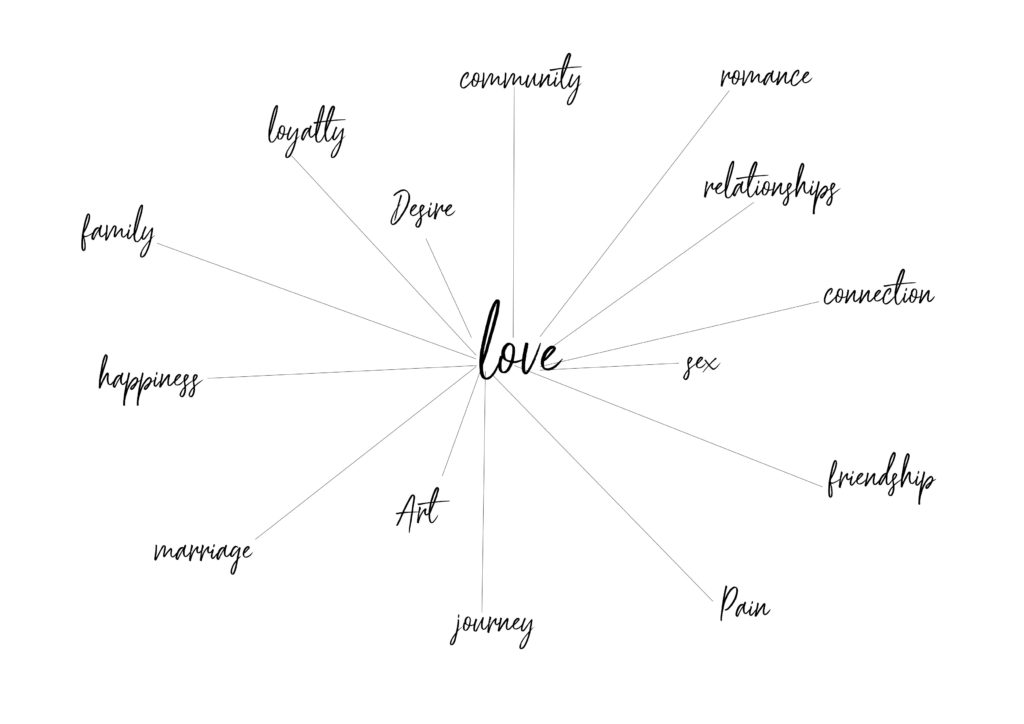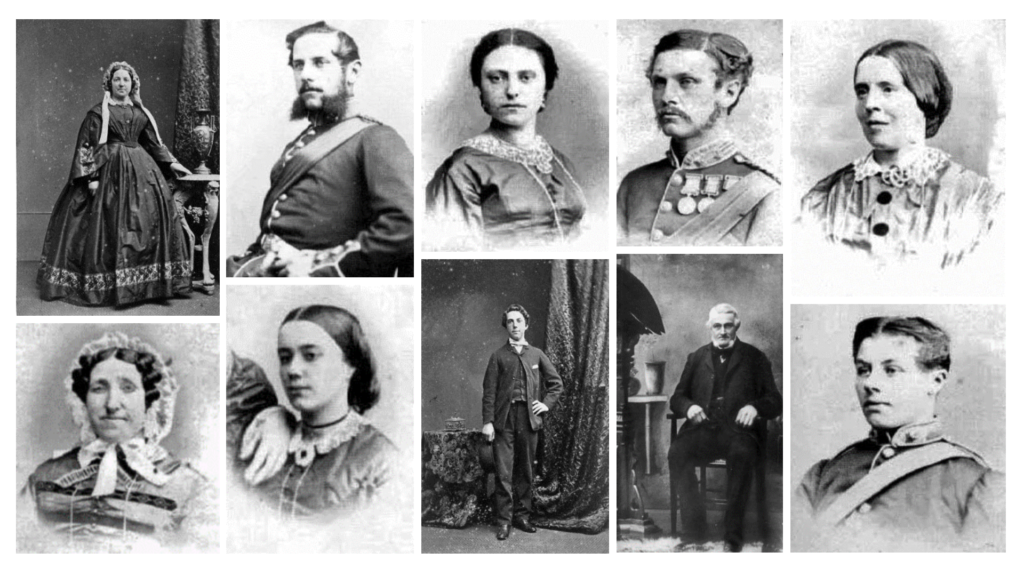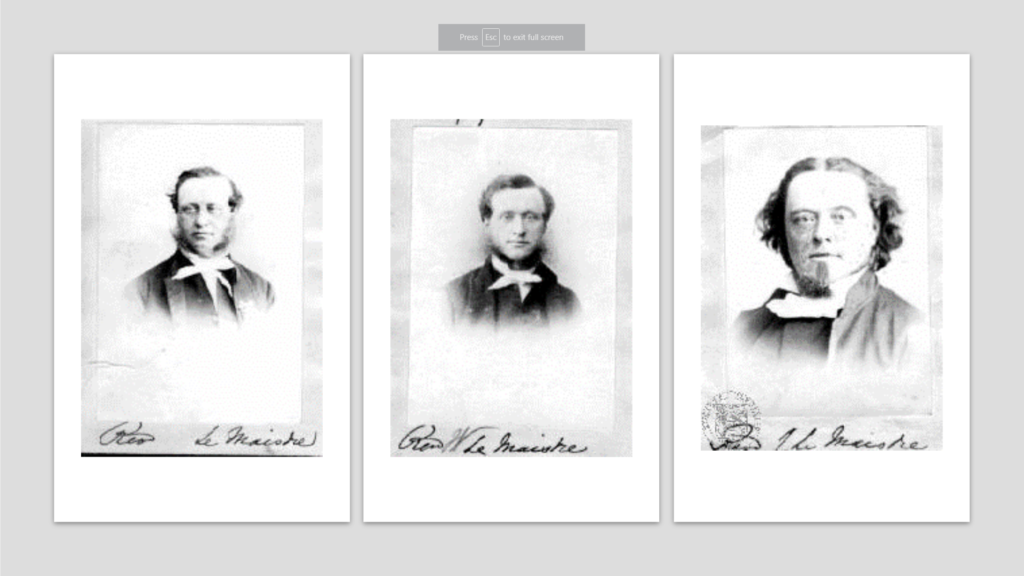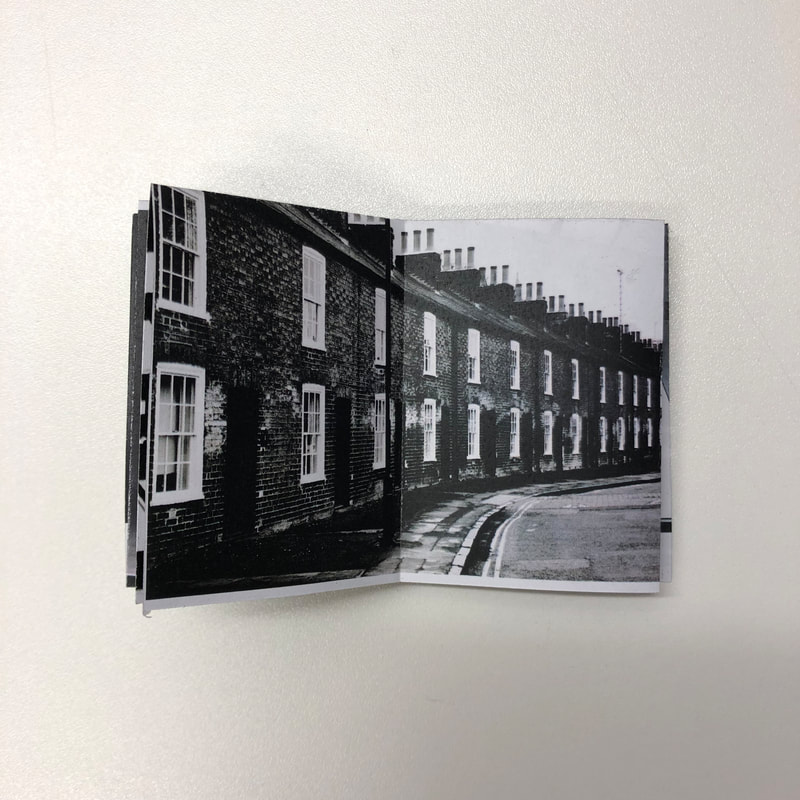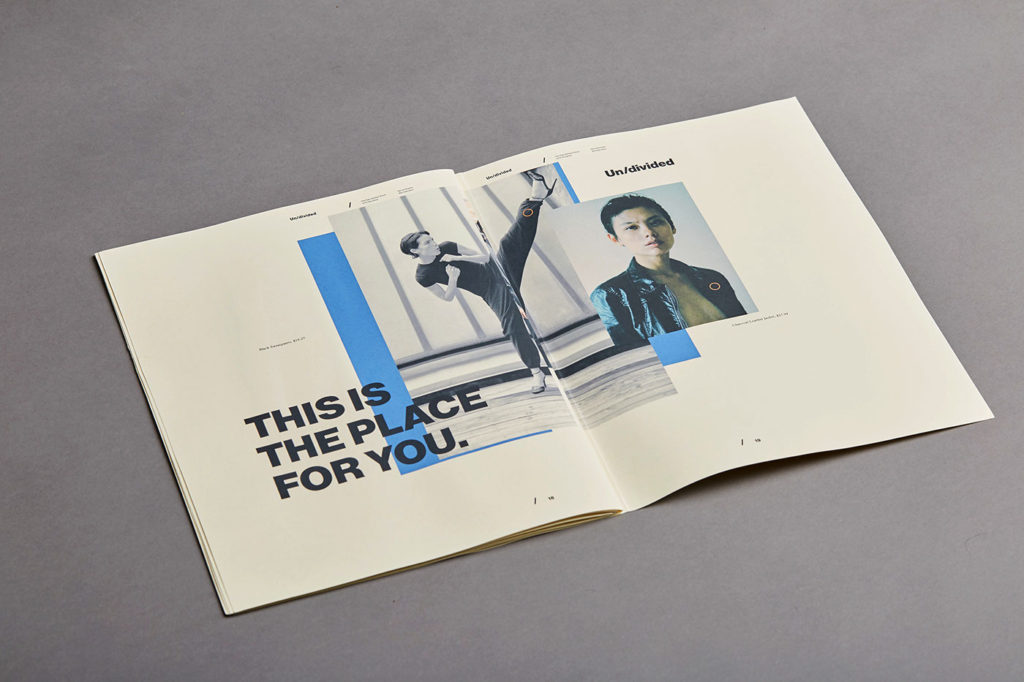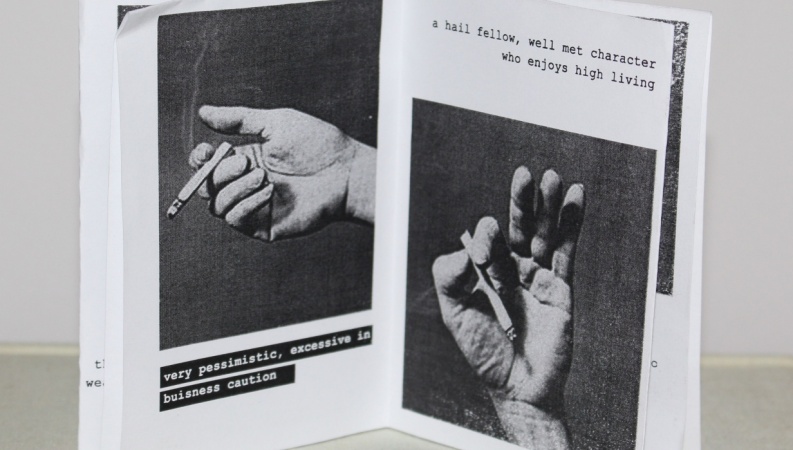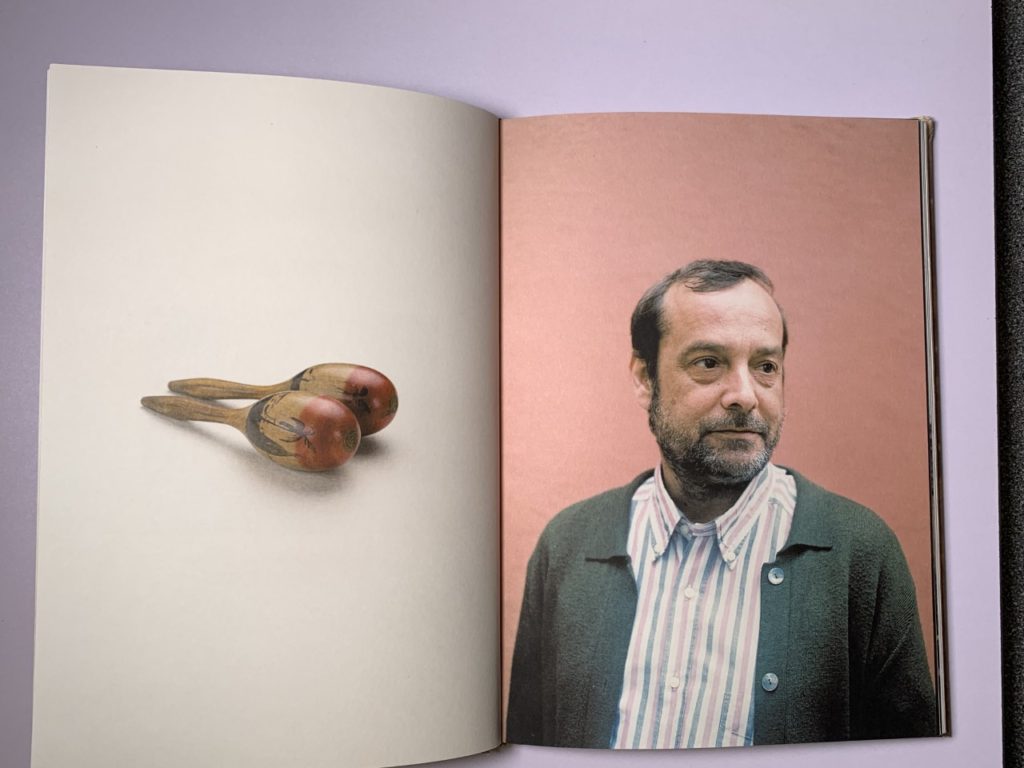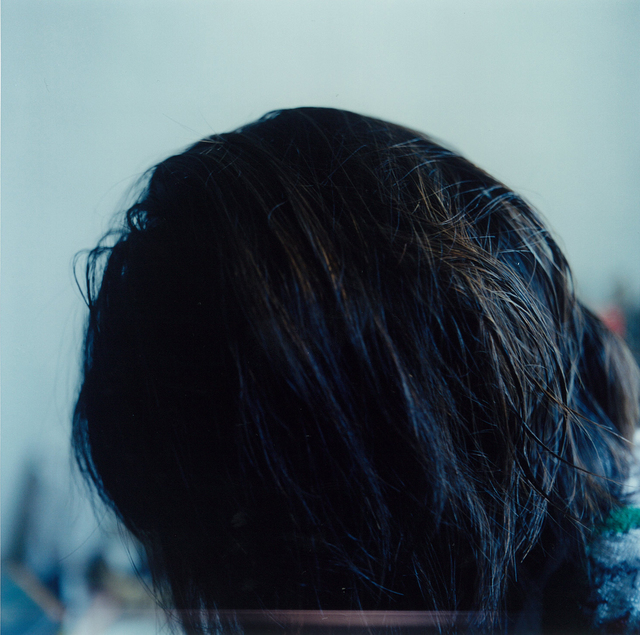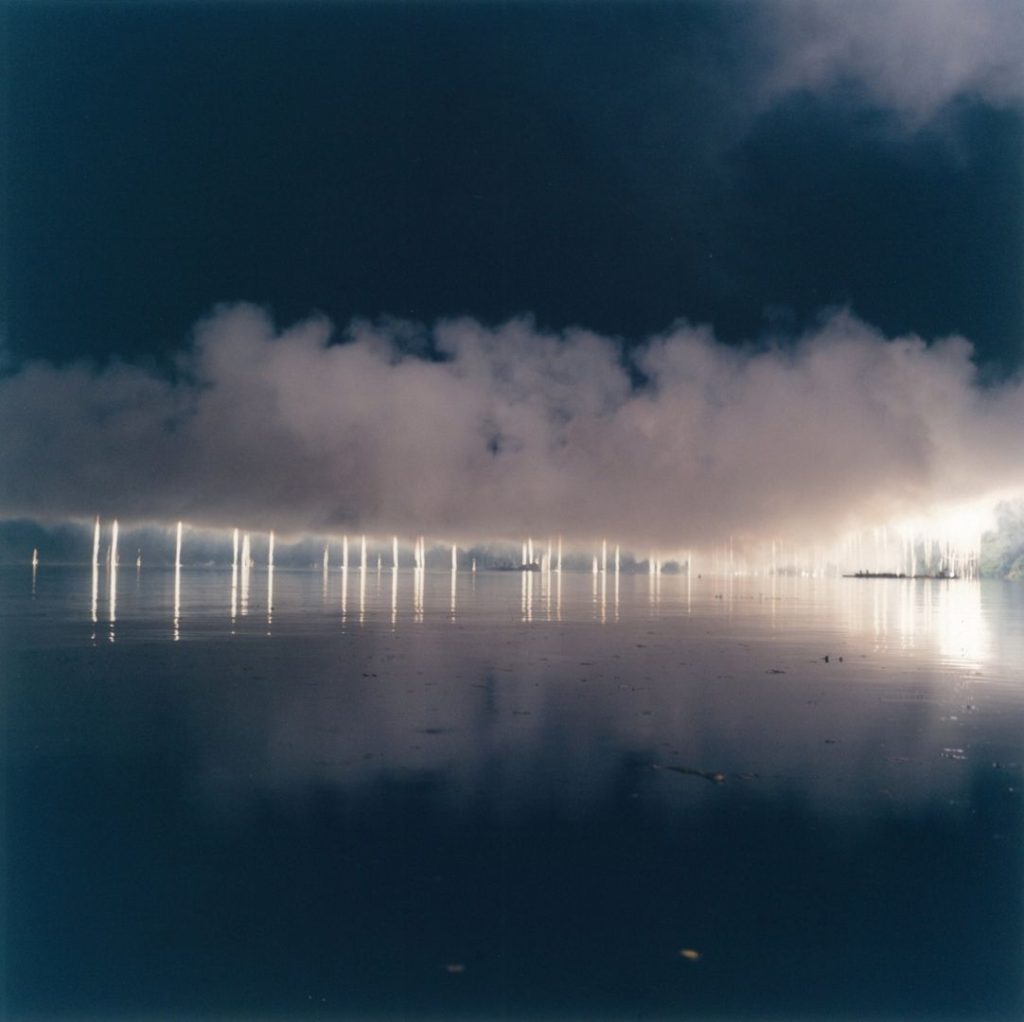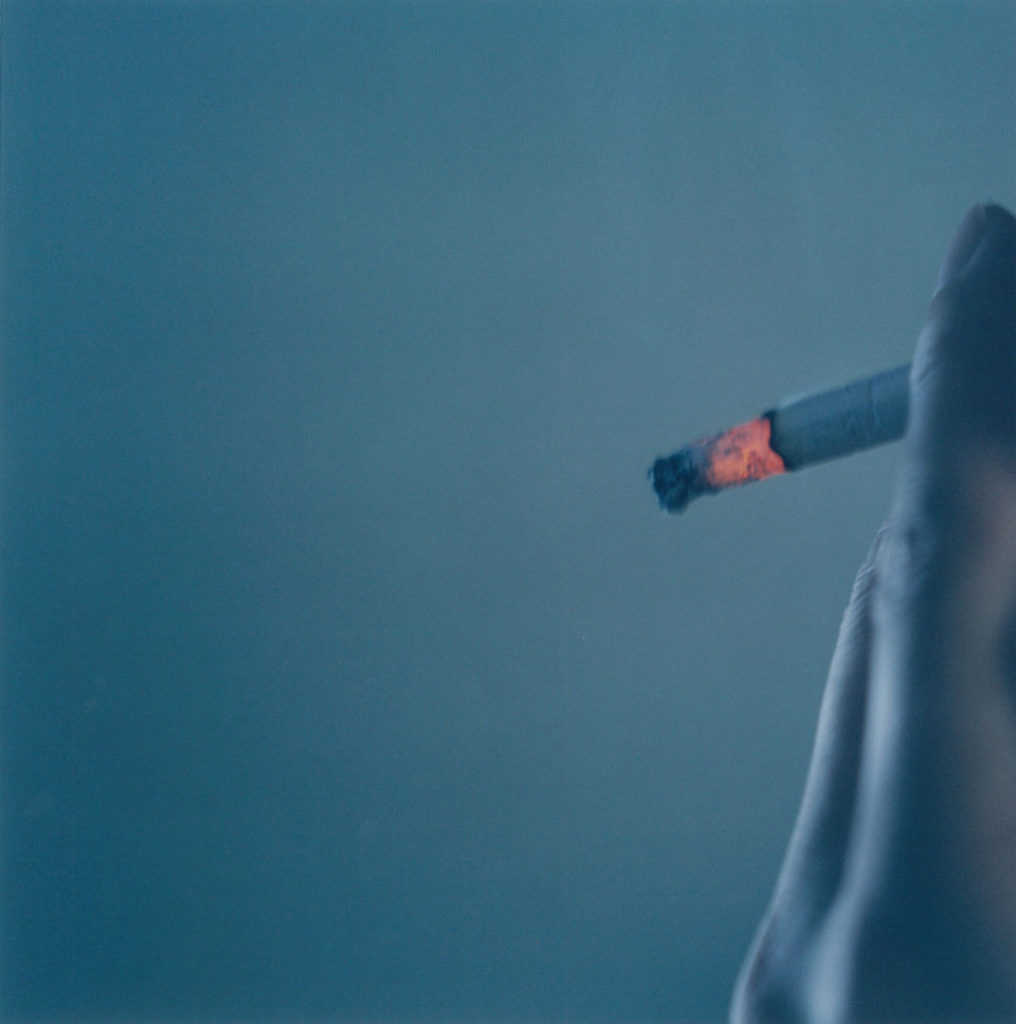WHAT ARE PHOTO ZINES ?
A zine is defined as a product of an individual person or small group of people with the main purpose of exposure or raising awareness of an issue, or simply spreading your own work in a more put-together and professional way. The content of a zine isn’t limited to photography, and the concept of a zine is also used in illustration and design. (also historically forming the basis for comic books)
“A photography zine, for example, is a tool that photographers can use to tell a visual story, to inform an audience about a specific topic or issue, to showcase and advertise a new idea or simply create a preview of an ongoing project.”
www.eyeem.com
There aren’t any set rules for making a photo zine, any theme or topic is possible to present as a zine as they are a form of creativity and self-expression. As a result, they can be incredibly introspective and personal to the photographer or the subject of the zine, often bordering on topics to do with family, personal trauma, mental health or one’s childhood.
INSPIRATIONS / EXAMPLES :
#1-
An example of a successful photo zine is ‘The Epilogue’ from photographer Laia Abril, who documented a the Robinson family and the impact of the loss of their daughter Cammy to bulimia in 2005. As can be seen below, it features archival imagery as well as Abril’s own images, and archival documents as well such as Cammy’s birth certificate, letters between her and other family members and friends, as well as various papers documenting her illness and her funeral. It also has transcribed conversations from her parents, siblings and friends, explaining Cammy’s life story and how she suffered, as well as how it affected them and their lives, and how they dealt with the grief following her death.
Much of the archival imagery’s colours are faded and grainy, and the modern photographs are either dark with a neutral colour palette. In my opinion this represents how ……
Overall there is a clear narrative of a young girl’s life, from her childhood and her adolescence to the aftermath of her death and how her family are coping. The reader is following Cammy’s story as told through the eyes of her family, people who knew her, and finally the photographer herself through her camera lens.
#2-
Another successful example of a zine that I can use as inspiration is from a previous Hautlieu student. I find that her editing style, specifically the way certain images had handwritten words over it and the way they look as though they’ve just been doodled on, is very inspiring and interesting, and it adds a more personal tone to the images, specifically as they are of her friends so it makes it seem more intimate and engaging. Her images look as though they were taken on an old film camera, and as a result have a fairly timeless sense about them. Below are examples of screenshots from Lightroom of her finished product before it was made into a physical zine, taken from her blog :
These images all show a narrative of friendship and personal reflection, as well as being creatively engaging and compelling. The person reading this zine is looking at the photographer’s friends through her own eyes, through the medium of the camera lens, which is also emphasised through the angles used: mainly at eye level but occasionally from above, as if standing above that person in real life. This zine, unlike the previous one, does not feature archival imagery, however this works in its favour as it tells a continuous story in the present, instead of a story that began in the past and has ended. Finally, the monochrome throughout adds more emphasis to the red lines/writing used occasionally, and ties all the images together as a single set, or narrative.

